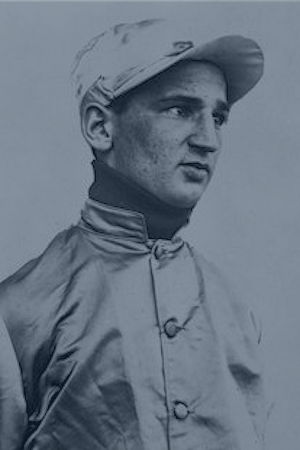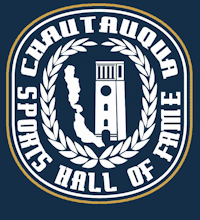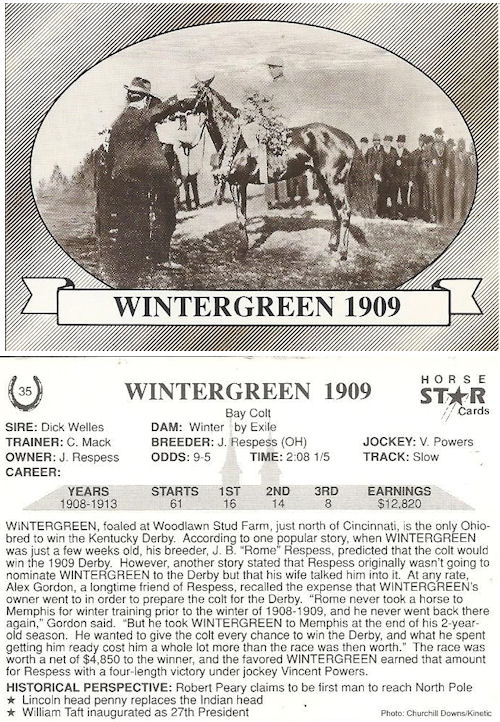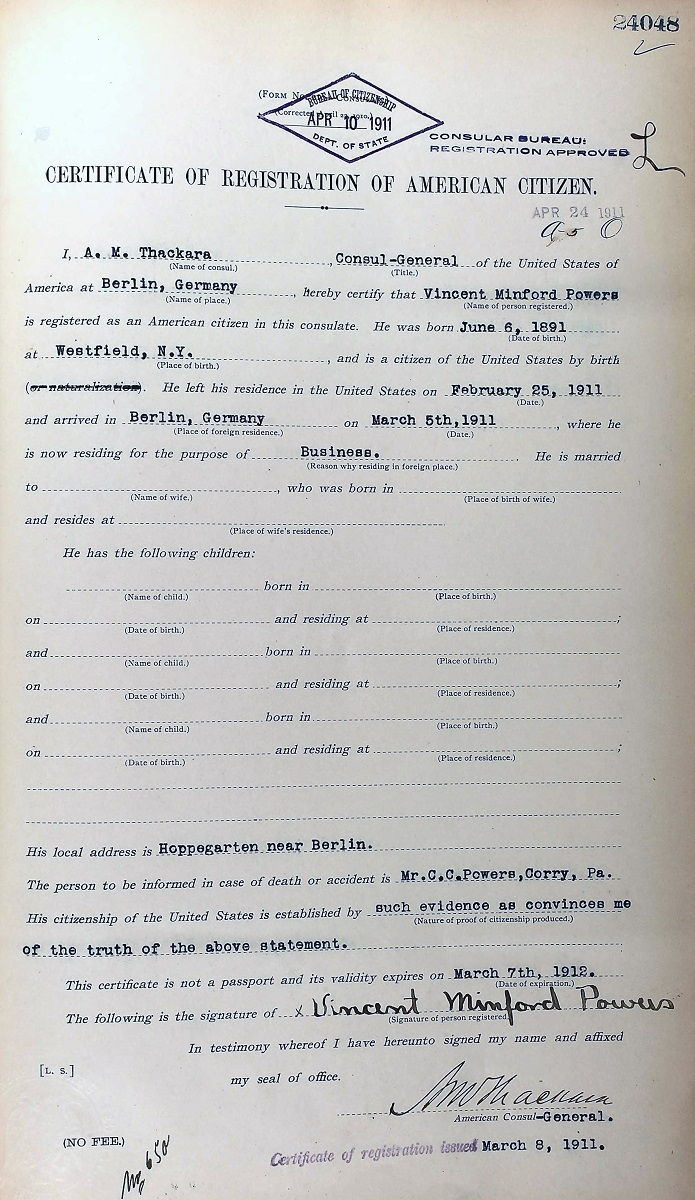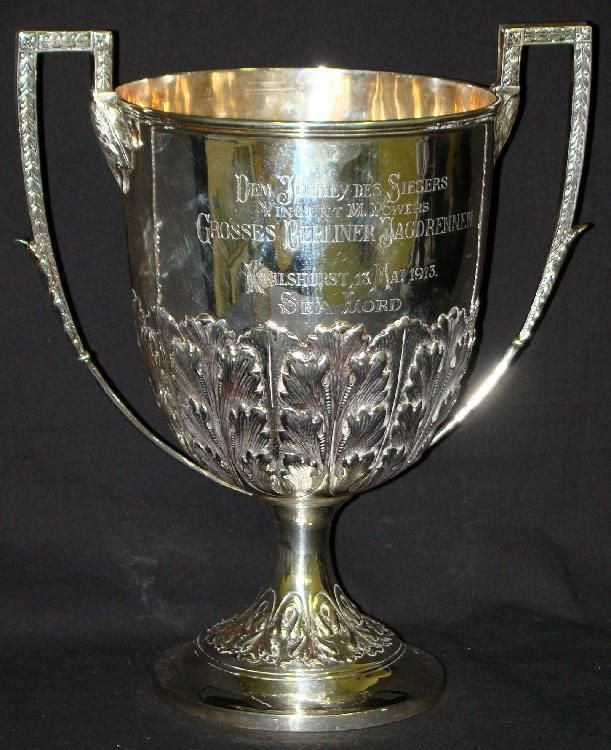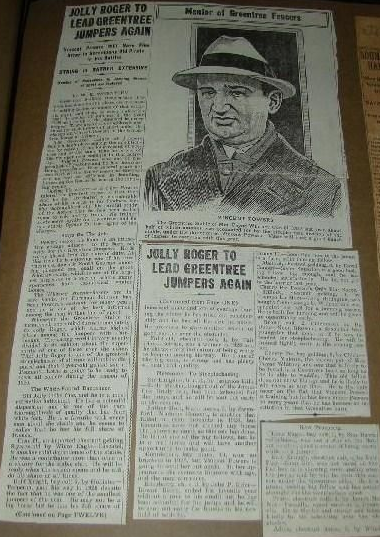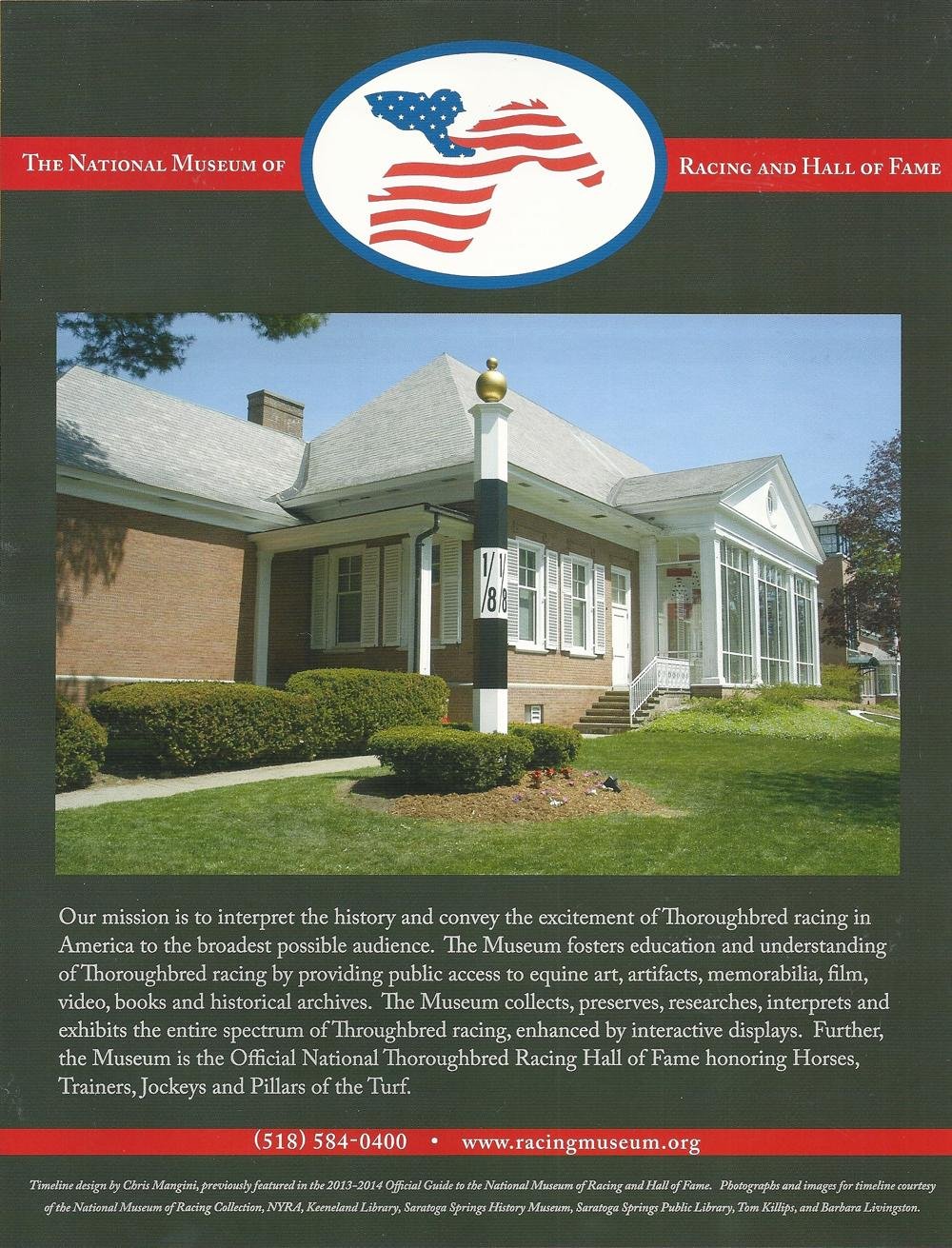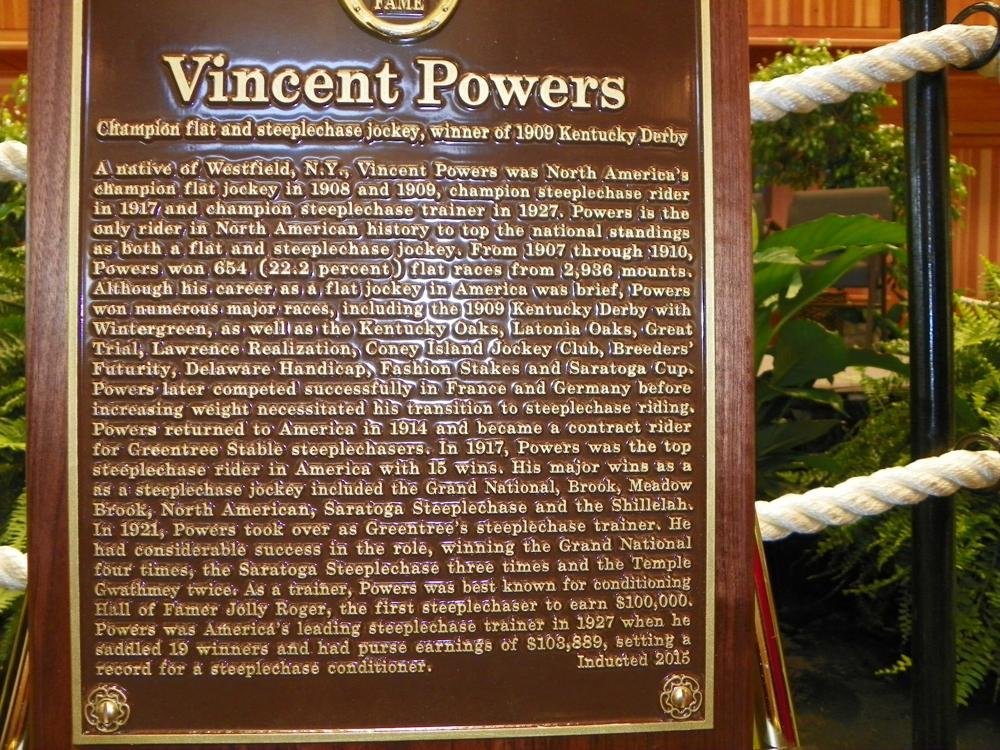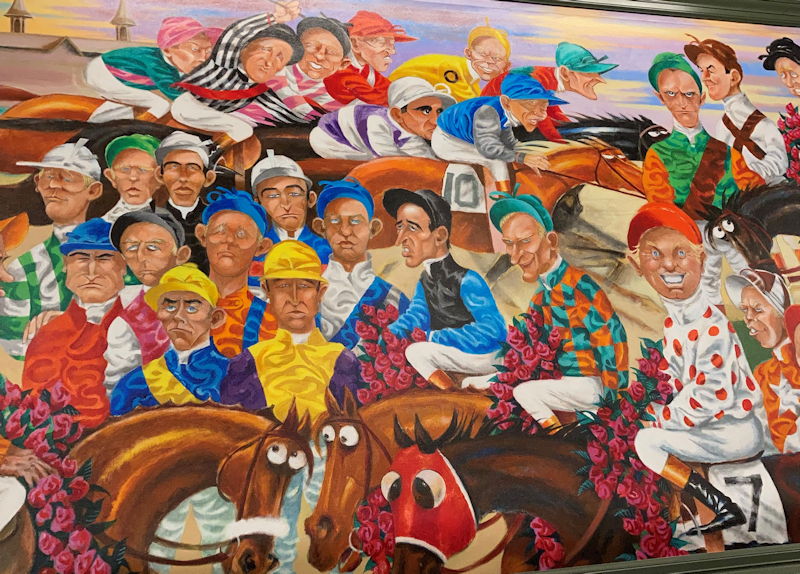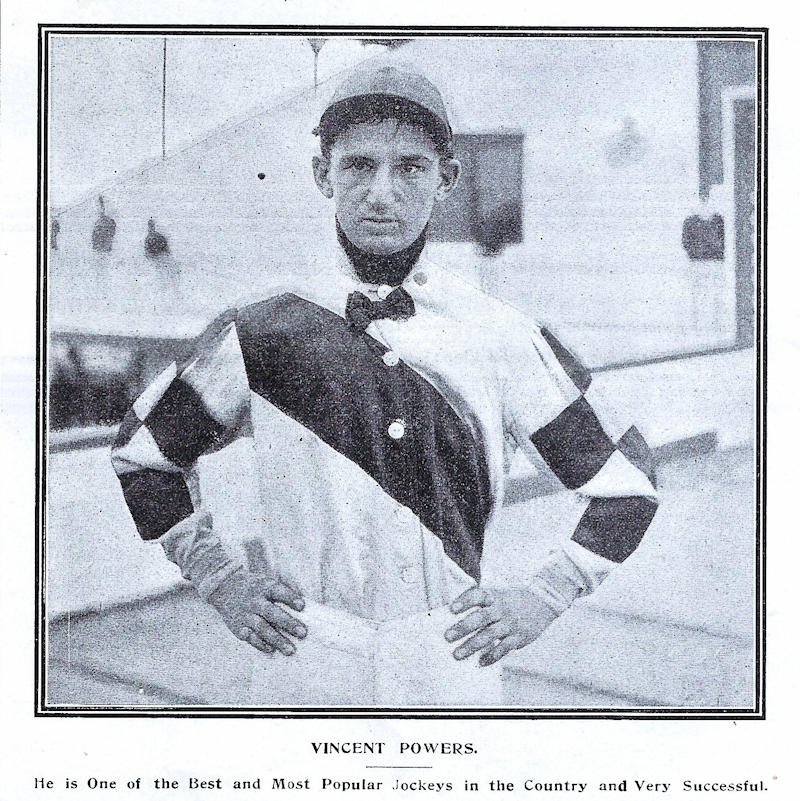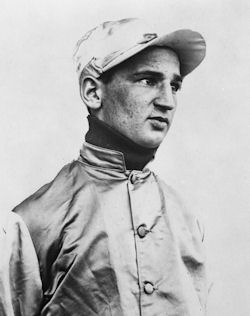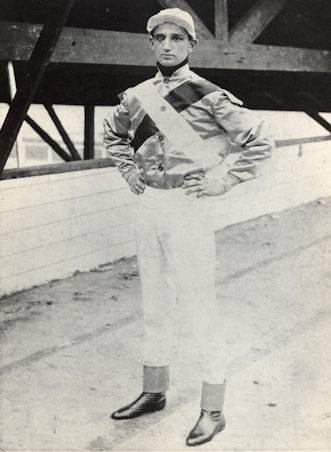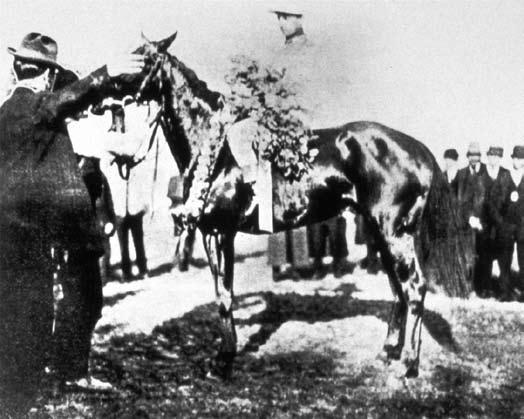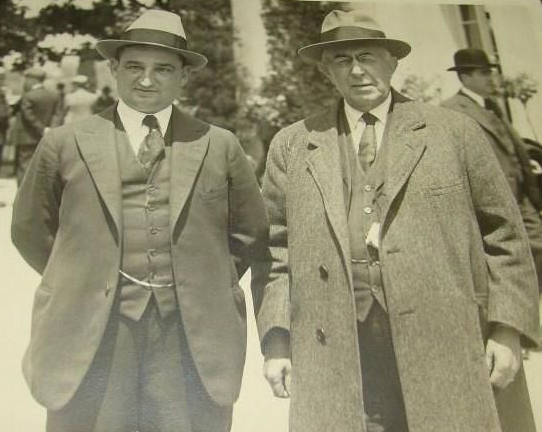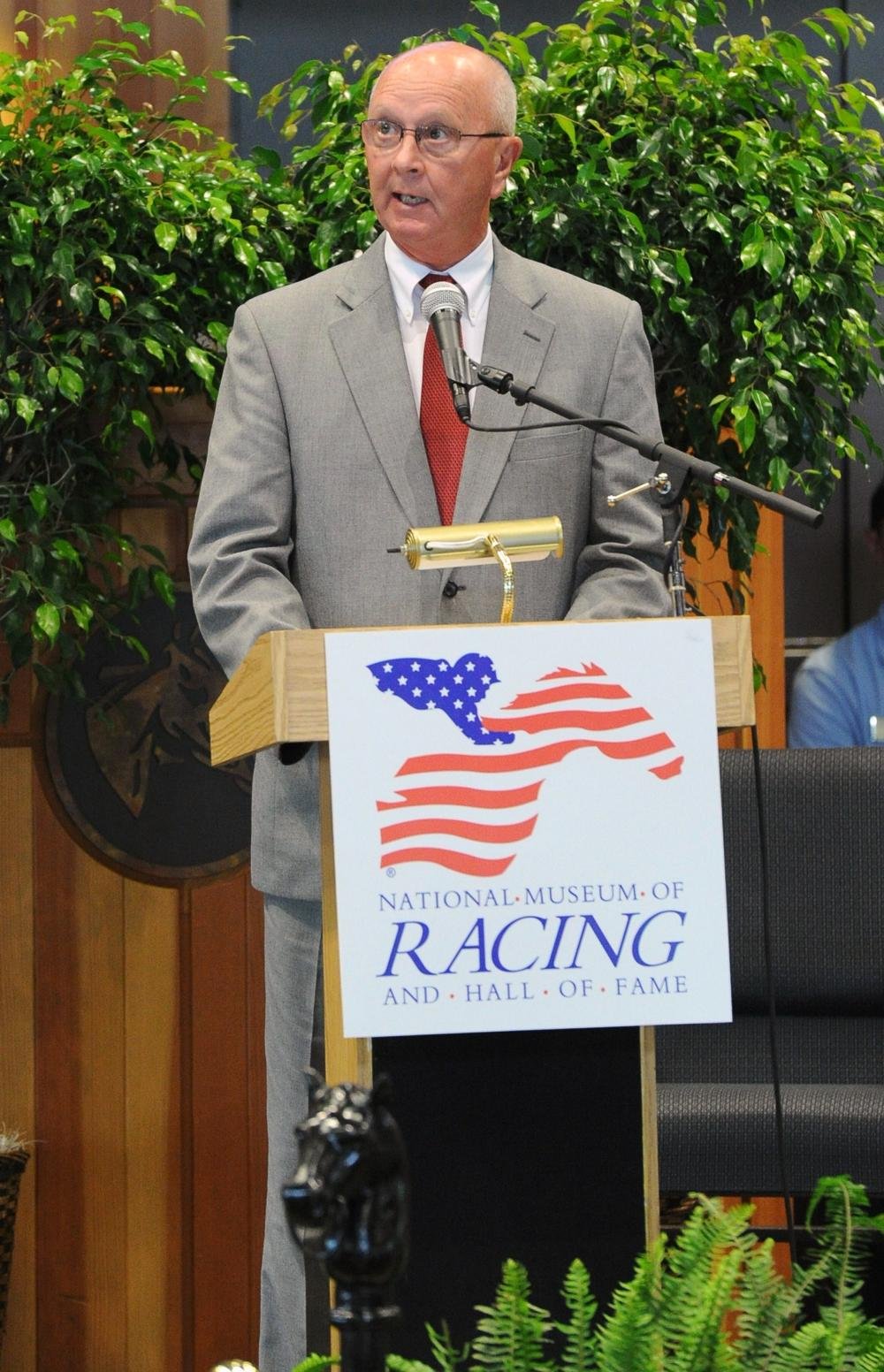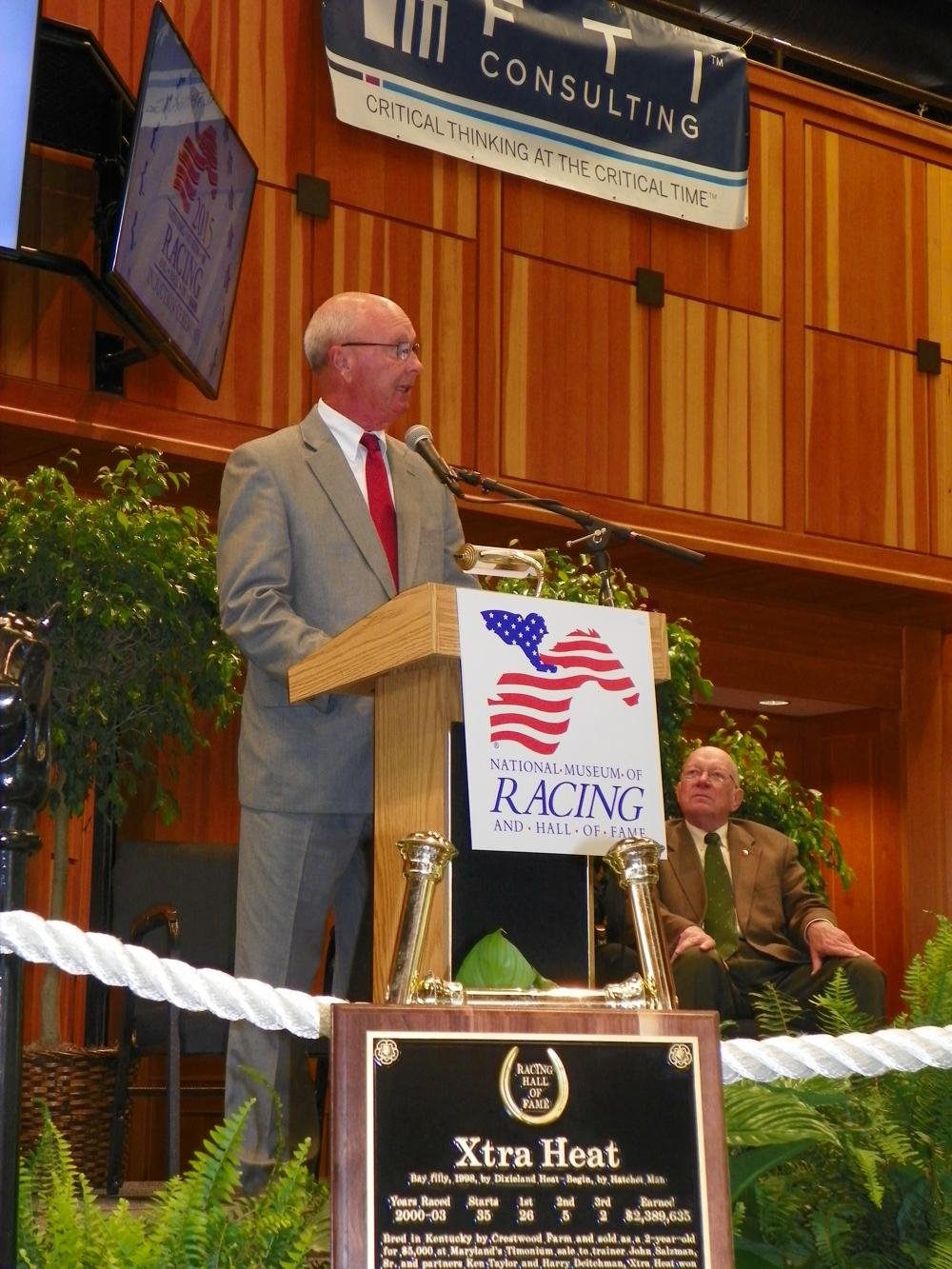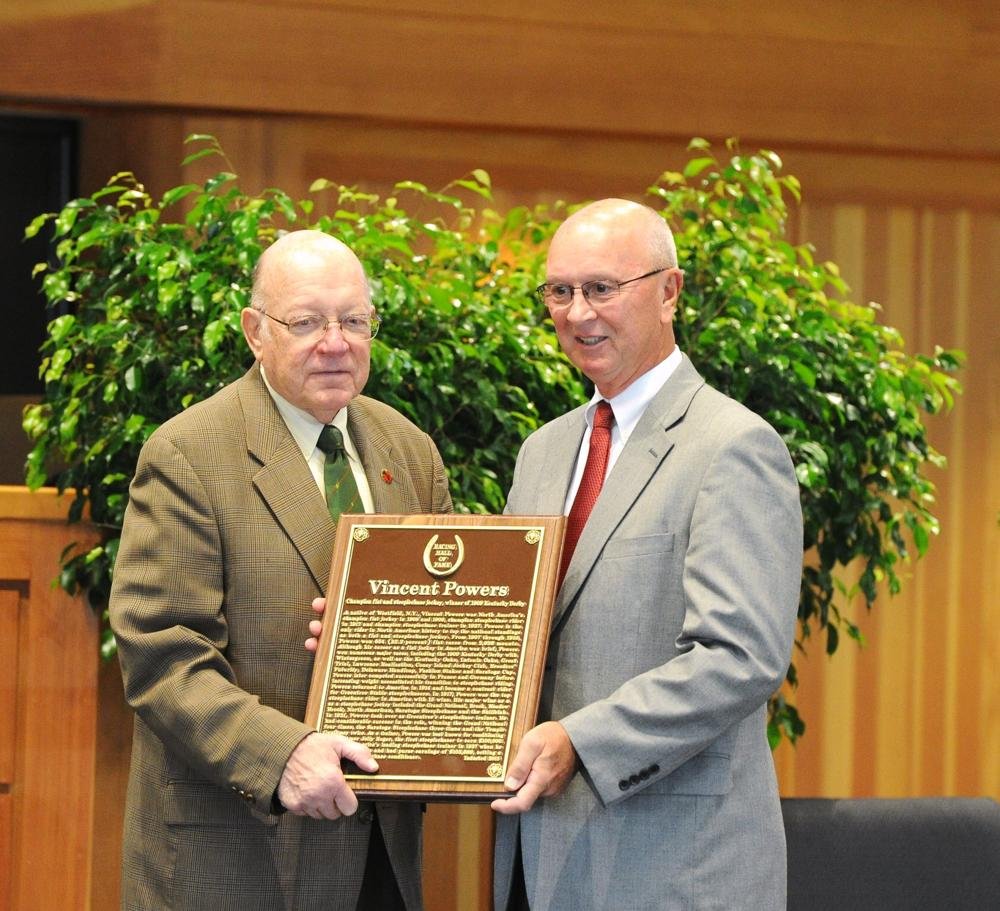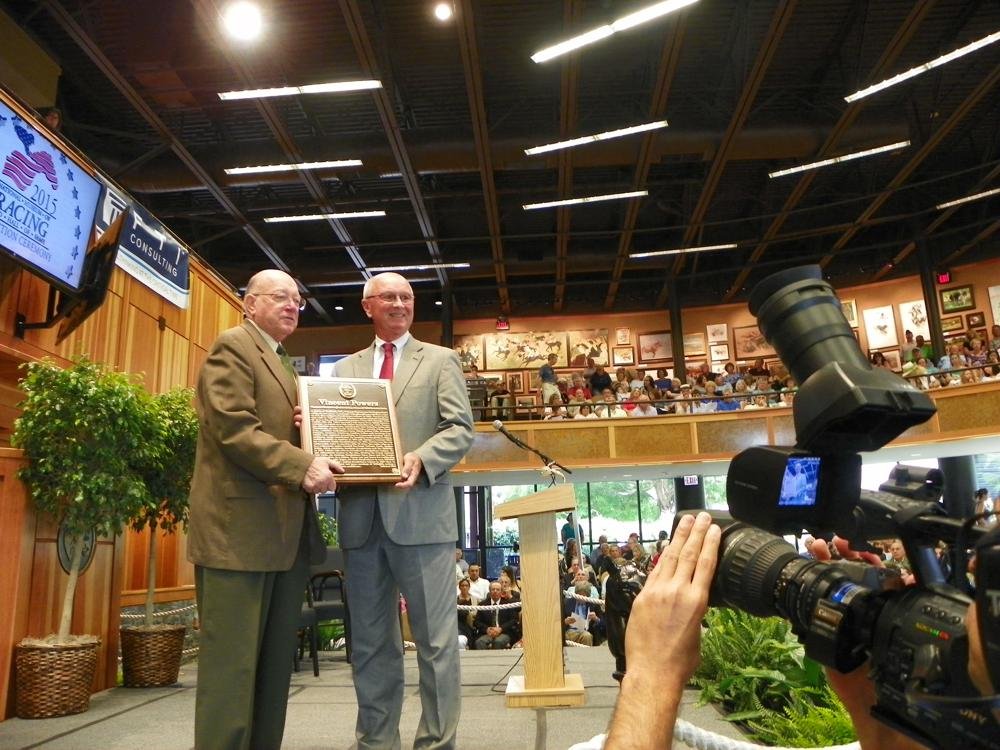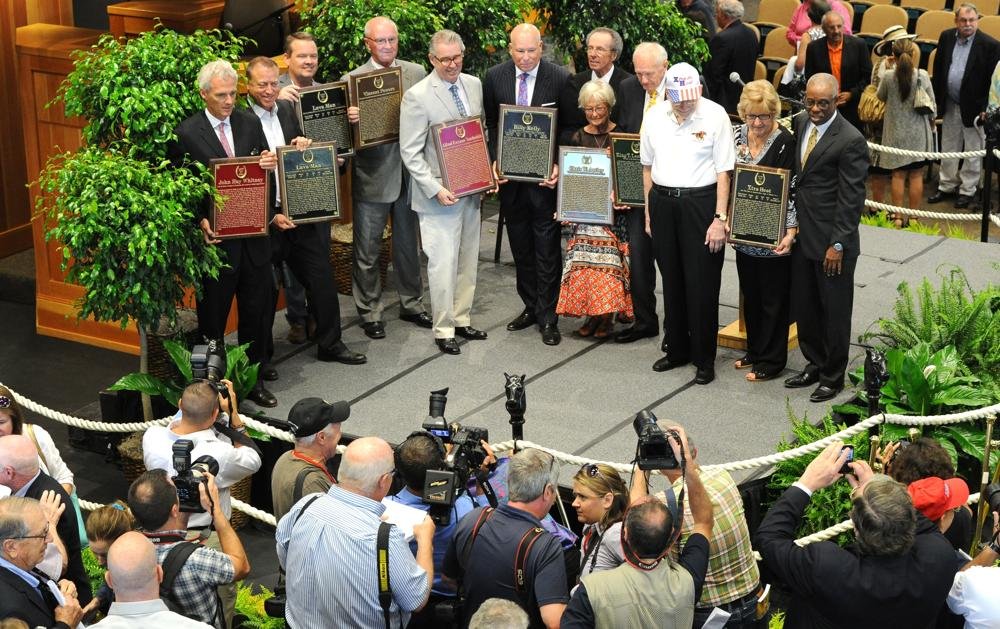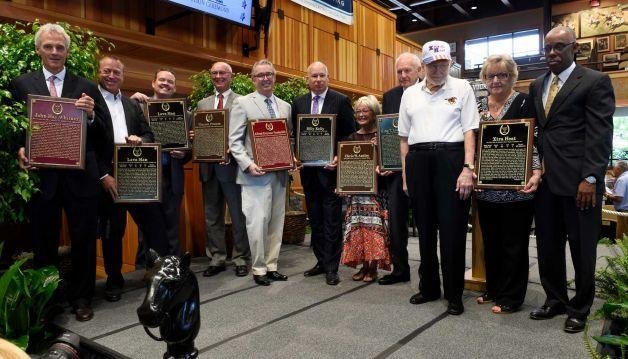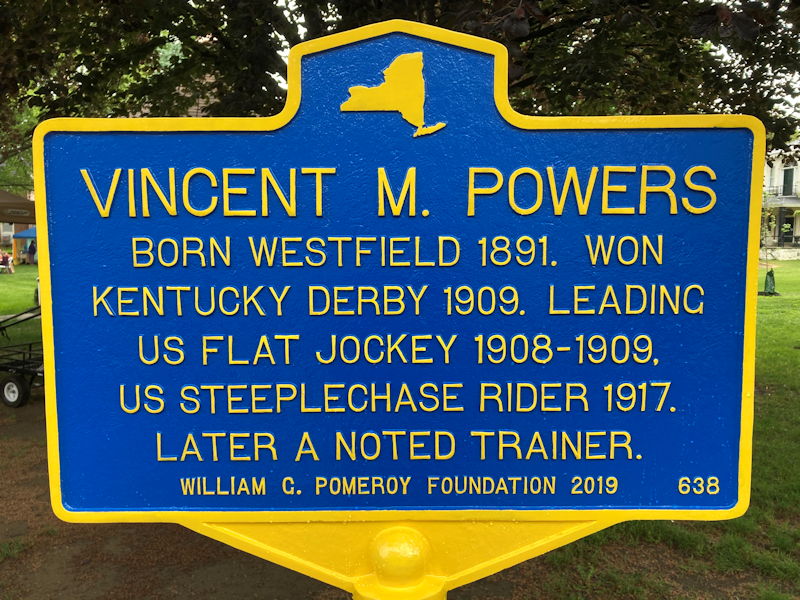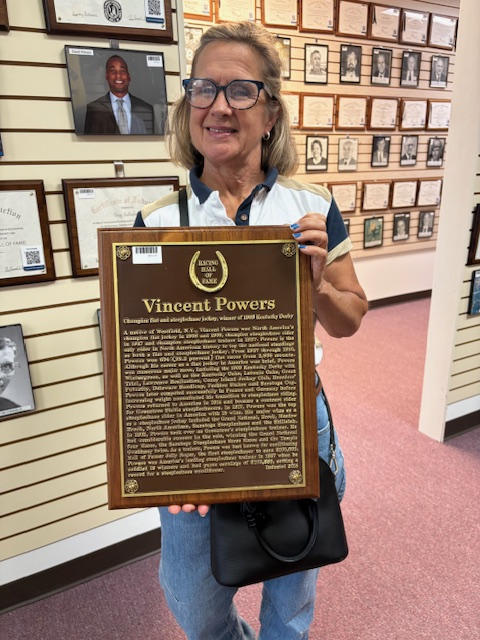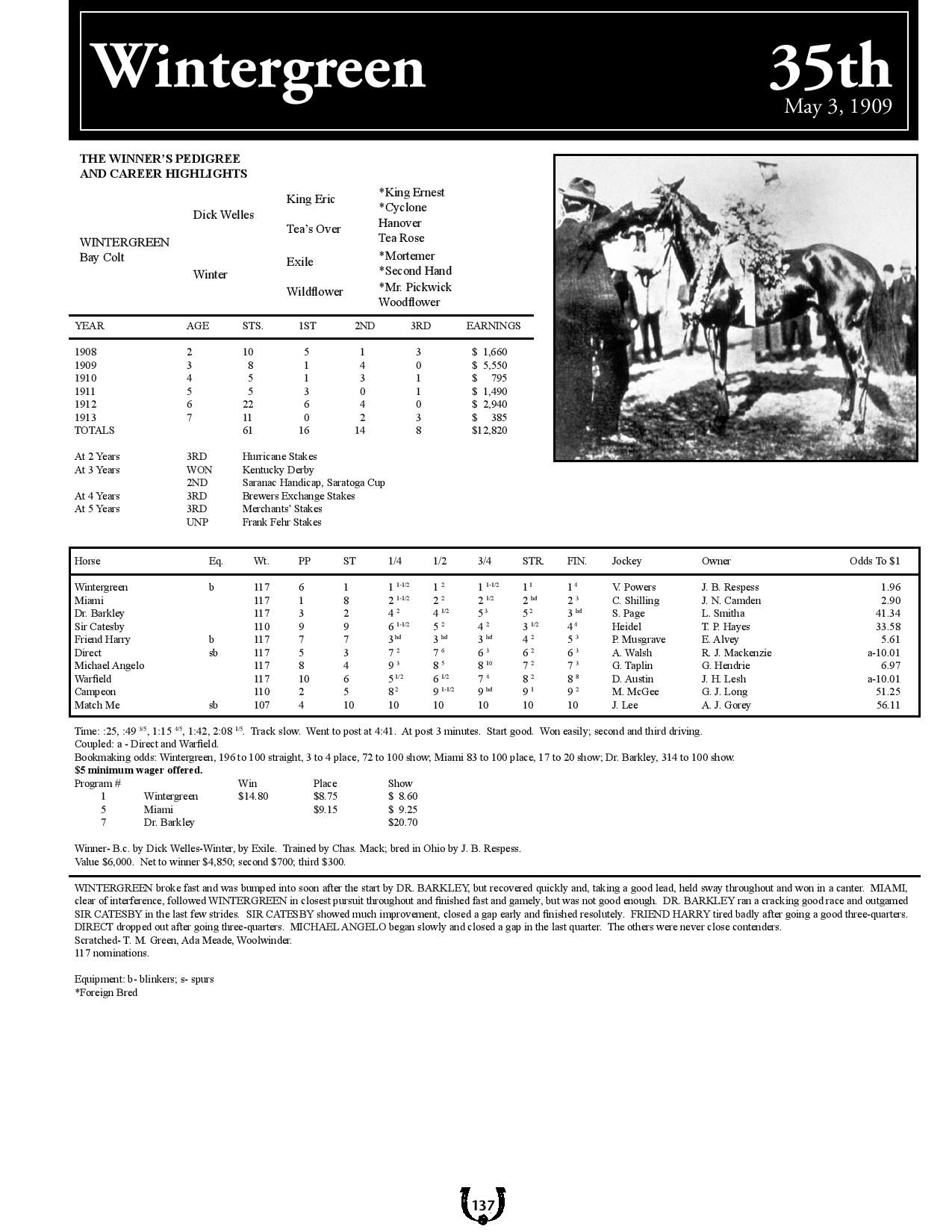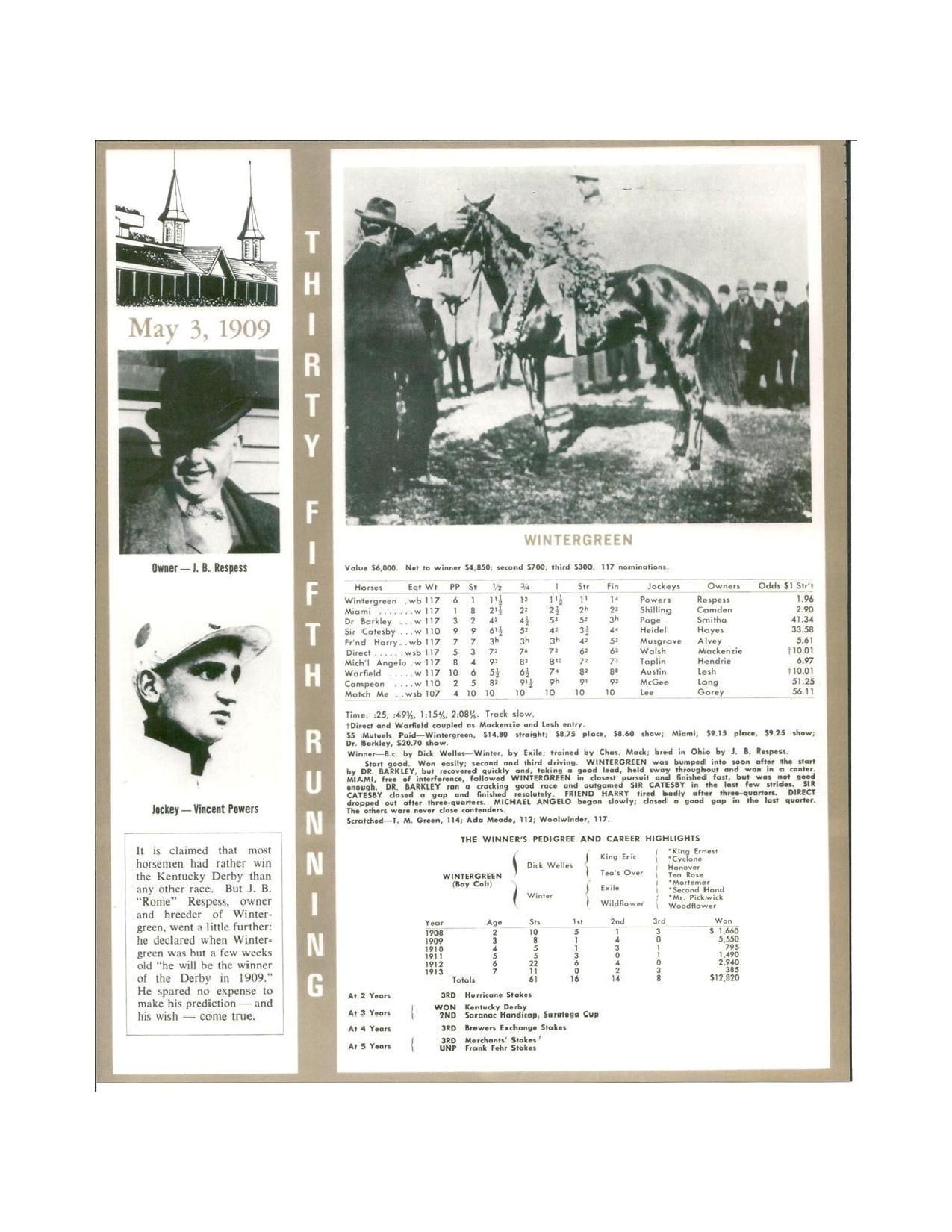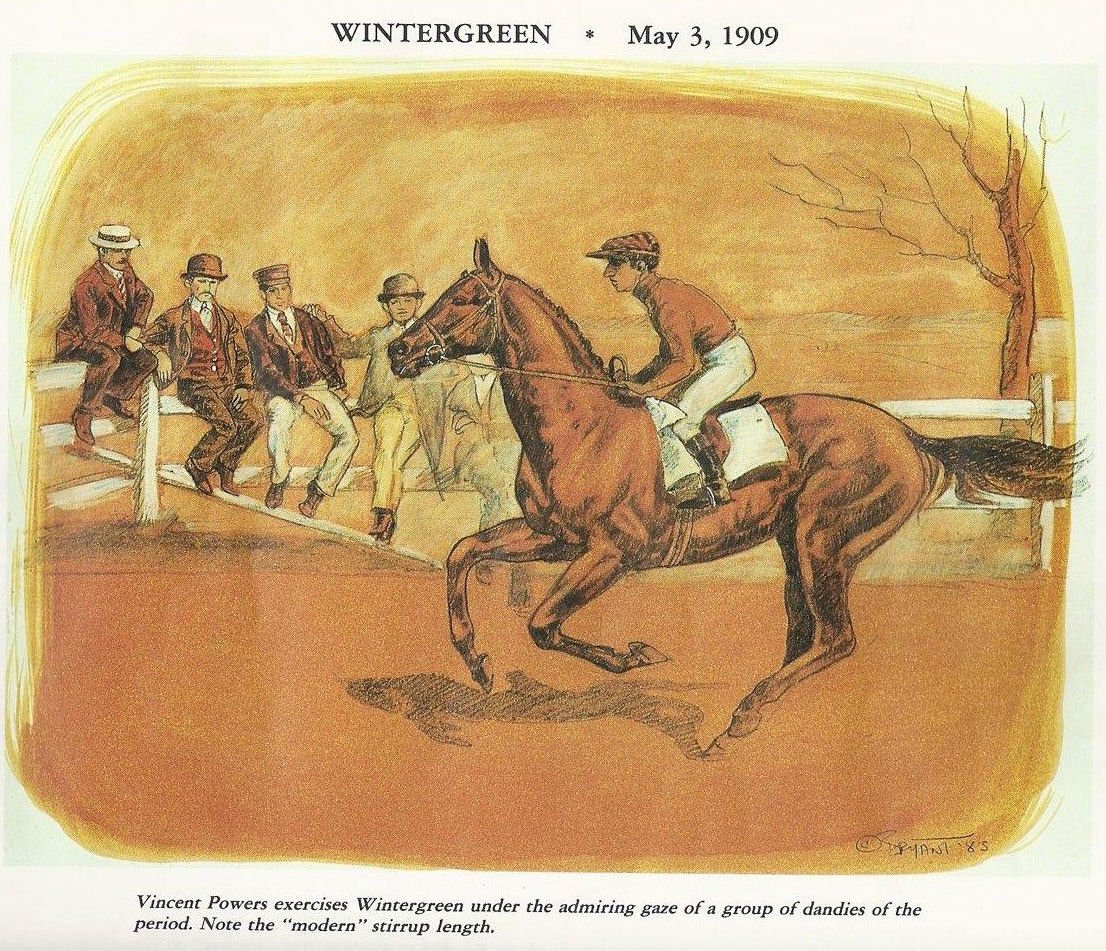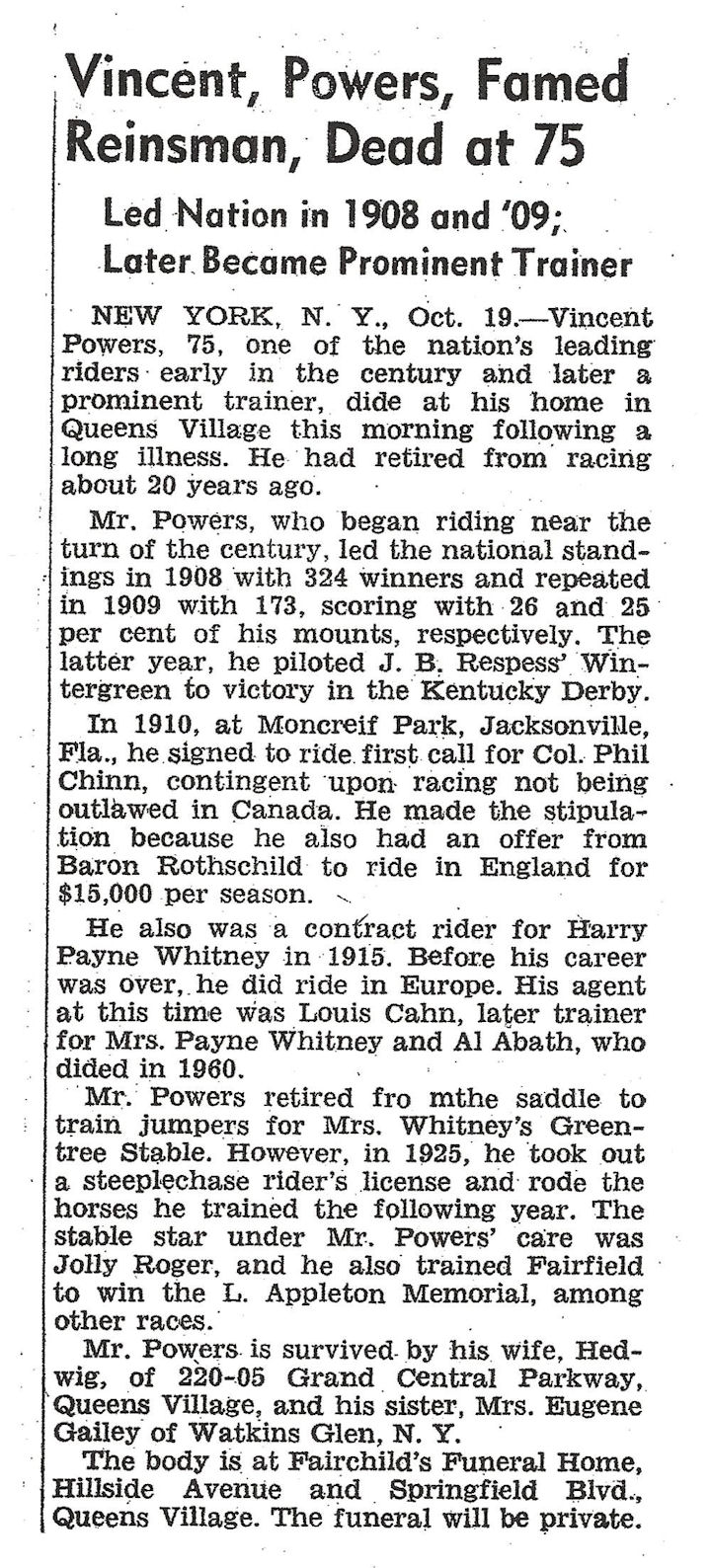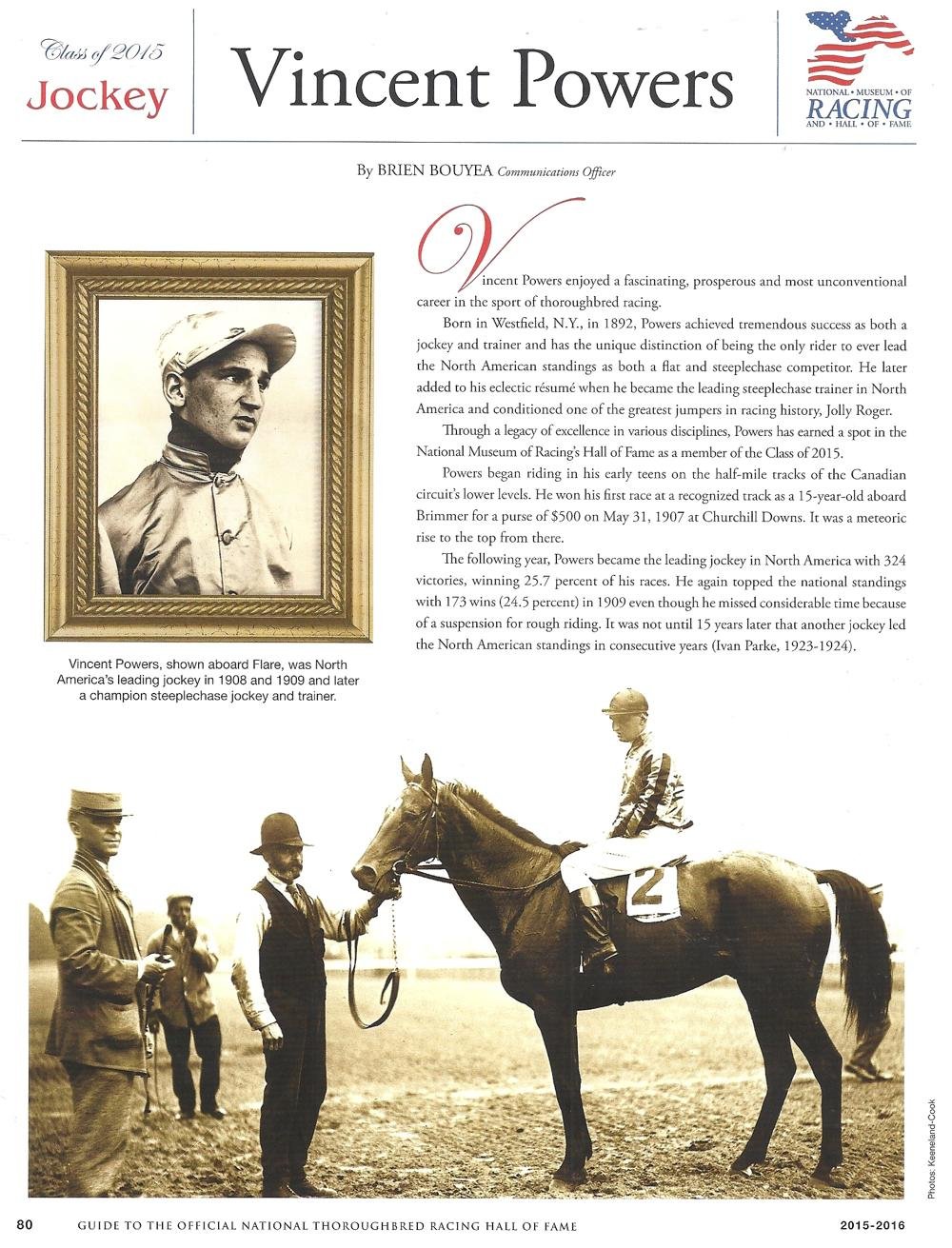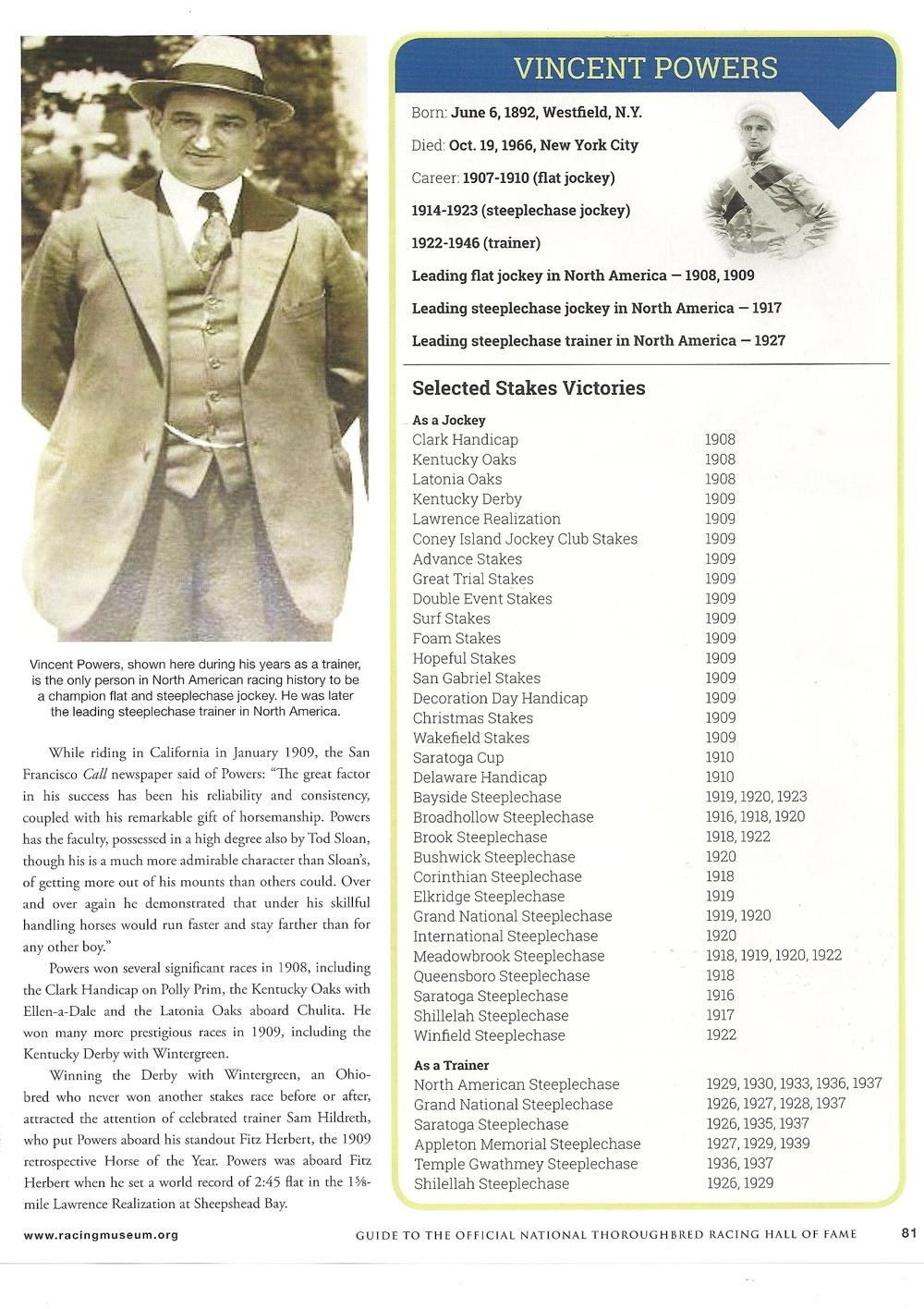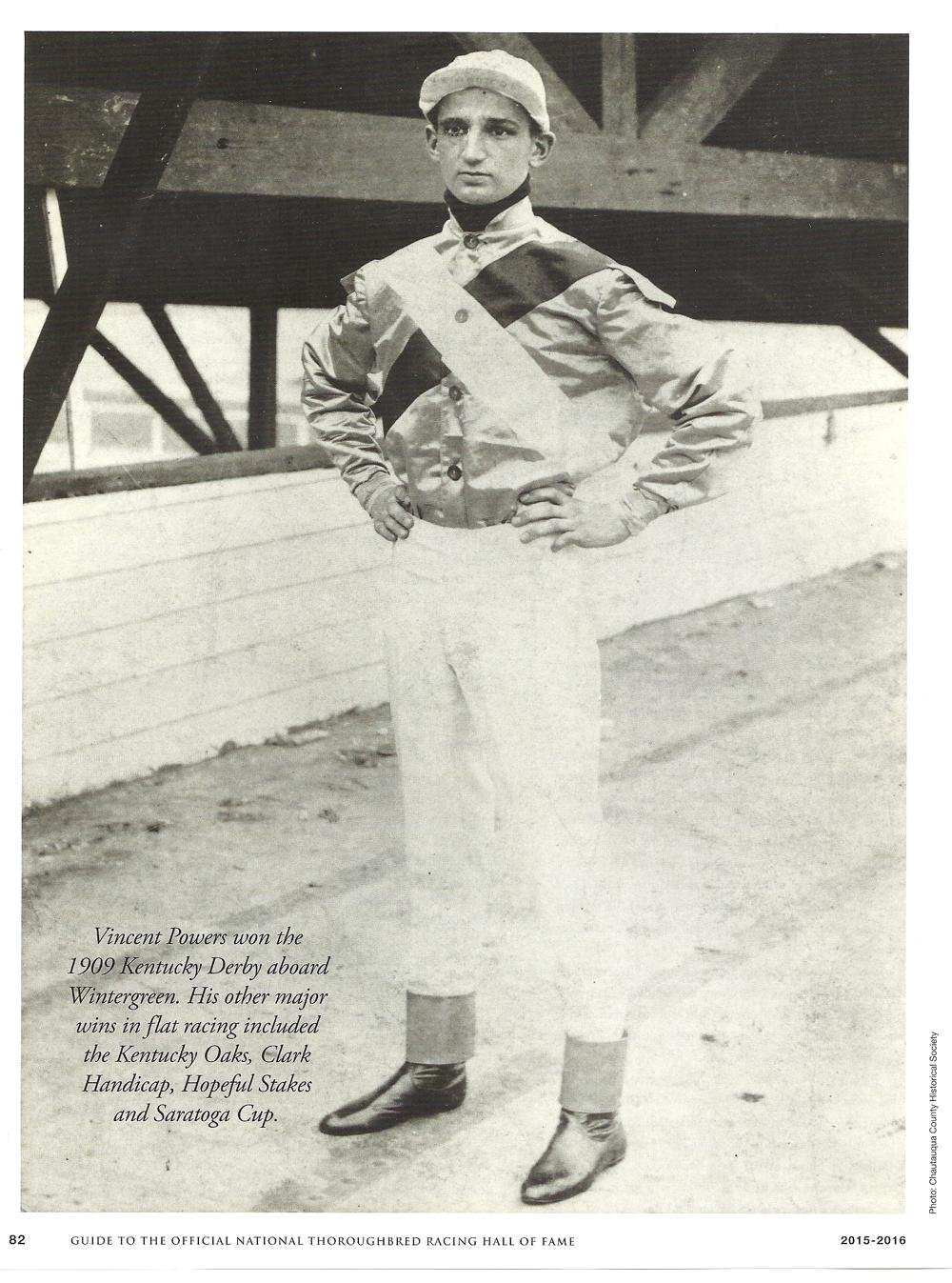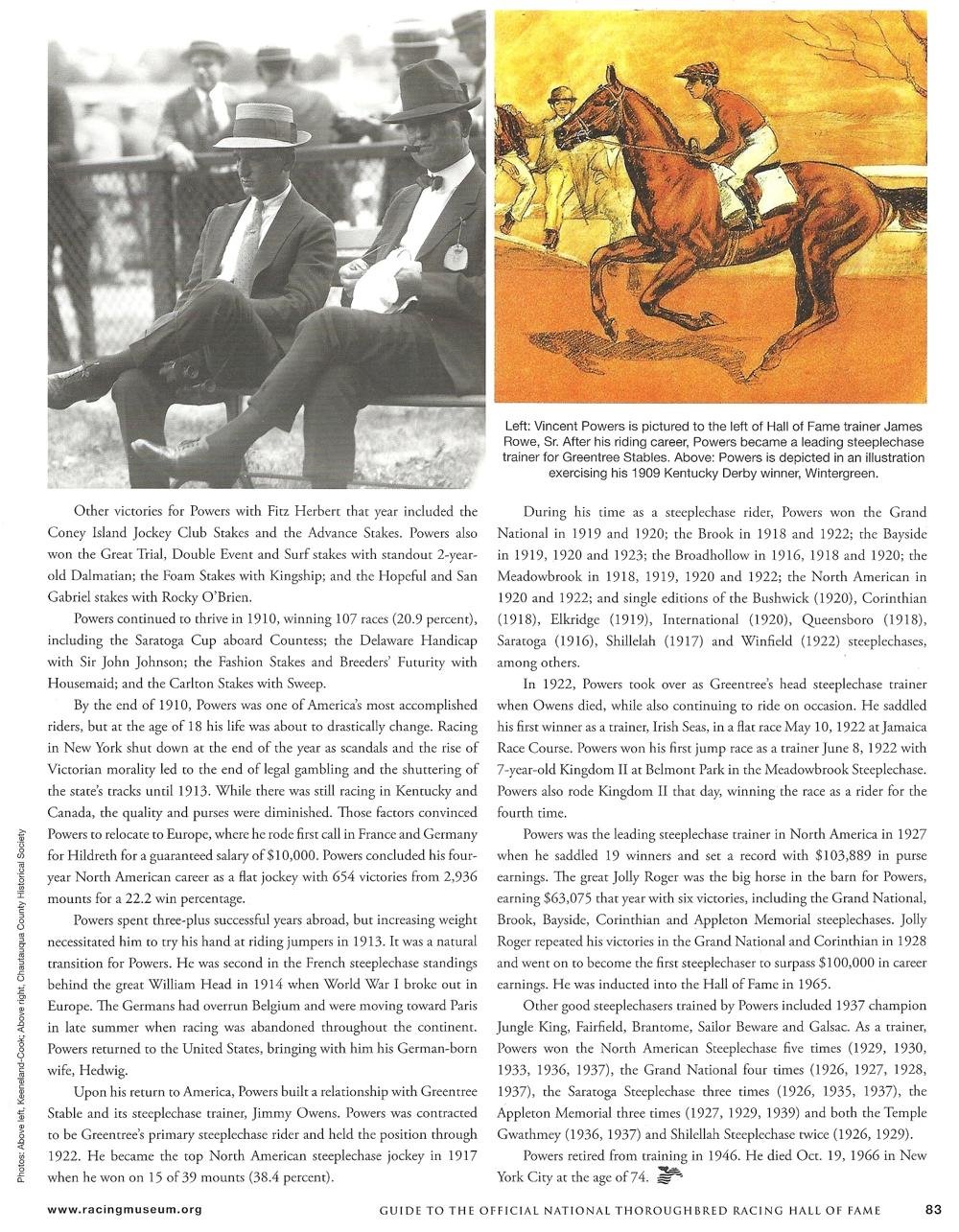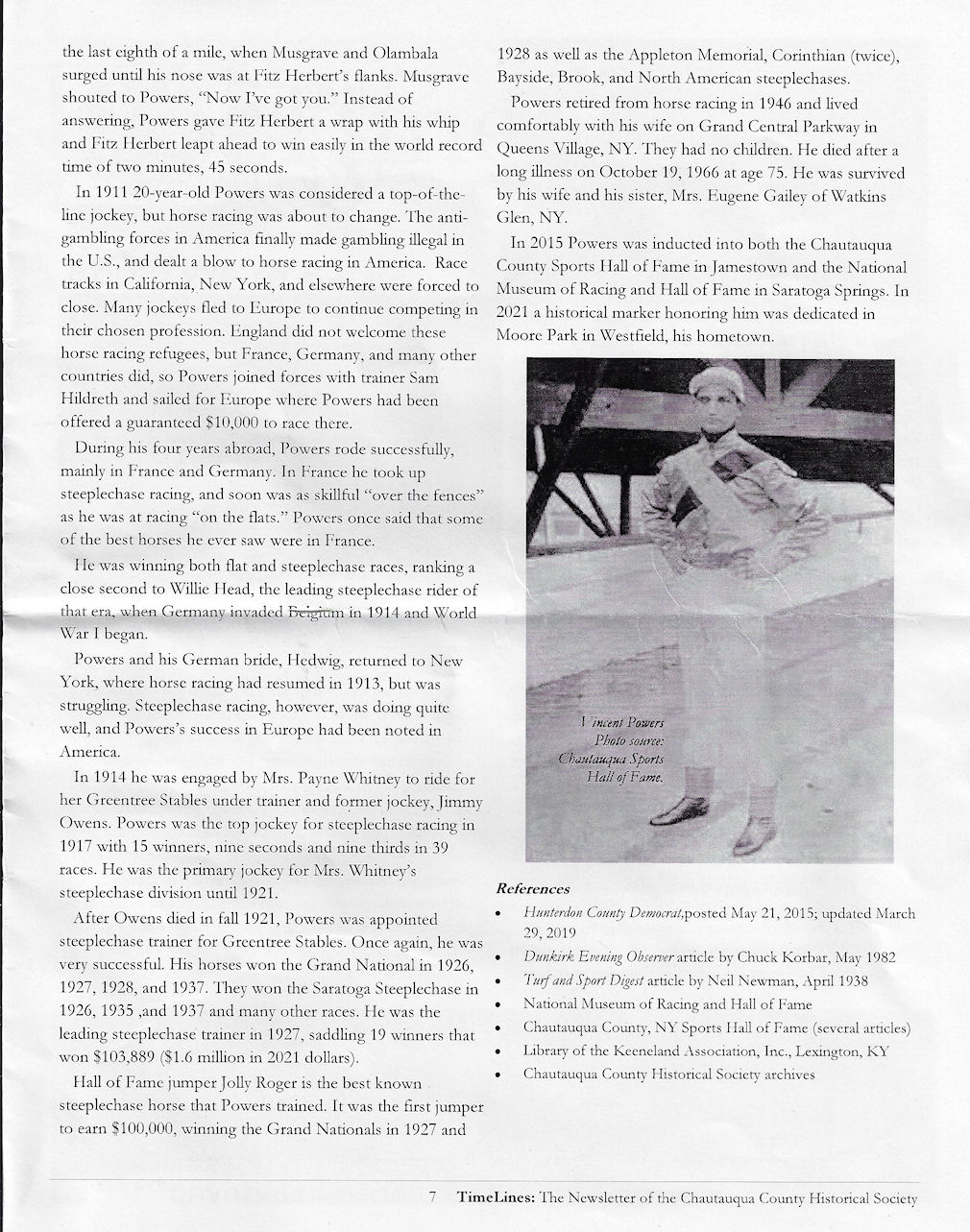The following year, 1908, Powers handled 1,260 mounts and won 324 races, was second in 204 and third in 185. At a time when youngsters of today are thinking about driving their first car or going to the junior prom, Vincent Powers was the leading jockey in the entire nation.
So when the history of the Kentucky Derby is recalled it's not surprising many turf aficionados reflect upon the 17-year-old young man from Westfield who guided Wintergreen down the home stretch and to victory in the 35th classic in 1909.
Bred in Ohio by Jerome Bristow Respess, the multi-millionaire owner of a brewing company, and trained by Charles Mack, Wintergreen had won 5 races in 10 starts at age 2, and finished third in one stakes race.
At age 3, Wintergreen prepped for the Derby with only one allowance race at the antiquated Association Course in Lexington, Ky. He finished second in what turned out to be a key prep. The first three finishers in the Derby all came out of that overnight race.
Leaving from the sixth post postion, Wintergreen was bumped at the start of the Derby race but recovered quickly. He took a good early lead and held sway throughout. He won in a canter by four lengths with a time of 2:08.20. The winner's purse in 1909 was $4,850.
In all, Wintergreen raced six seasons, and while he was stakes-placed several times, the Kentucky Derby was his only stakes win. He remains to this day, the only Kentucky Derby winner bred in the Buckeye State.
Powers' ride on Wintergreen, regarded as one of the easiest victories of his career, attracted the attention of leading horsemen.
One of these was noted trainer Sam Hildreth. Powers rode for Hildreth on a mount named Fitz Herbert, winning several major stake races. Included are the Advance Stakes and the Lawrence Realization Stakes, both contested at Sheepshead Bay Race Track in Brooklyn. Powers considered Fitz Herbert, the outstanding handicap horse of 1909 and 1910, to be the best horse he had ever ridden.
Powers won back to back championships as the top jockey in the nation by repeating the feat in 1909 with 173 wins, 121 seconds and 114 thirds on 704 total mounts.
Vincent Powers returned to Churchill Downs for the 1910 Derby aboard Joe Morris. He finished second by a half-second to the winner Donau.
But horse racing was falling out of favor as scandals and the rise of Victorian morality led to the end of legal gambling. By the end of 1910, virtually all forms of gambling were prohibited in the U.S. The only legal betting that occurred was in three states which allowed horse racing. Nineteen-year-old Vincent, at the top of his game, was "all dressed up, but had no place to go."
So in 1911 Powers went to Europe to ride for a guaranteed salary of $10,000. He continued to experience success in Germany and France. Having increasing difficulty in maintaining proper weight overseas forced him to turn his attention to the horseracing sport of steeplechase. His transition proved fruitful as he enjoyed success riding steeplechase on the Continent.
When World War I broke out in Europe in 1914, Powers returned to the United States with his German-born wife, Hedwig. He found that, although thoroughbred racing had resumed again in New York State in 1913, the sport was struggling. Steeplechase devotees, however, were full of enthusiasm. Powers became a contract steeplechase rider for Greentree Stables and its owner, Payne Hay Whitney and his wife, Helen.
Riding successes continued. In 1917 Powers was the leading steeplechase jockey in the country with 15 victories, 9 seconds and 9 thirds on 39 mounts. As such, he became the only jockey in history to lead the nation both on the flats and through the fields.
When Jimmie Owens, head trainer at Greentree, died in 1922, Powers took over the training duties which he maintained for the rest of his career in horse racing.
Powers, the top steeplechase rider in 1917, was named the top steeplechase trainer just ten years later. He saddled 19 winners in 1927 and won an unprecedented $103,889.
He developed Jolly Roger, the first steeplechase horse to earn more than $100,000.
Powers retired in 1946 and he and Hedwig made their home in Queens Village, NY. Powers died in 1966 at age 75.
His life was full and included some of the finest horses in America that he rode and trained, both on the flat tracks and in steeplechase.
And all from a boy from Westfield.
